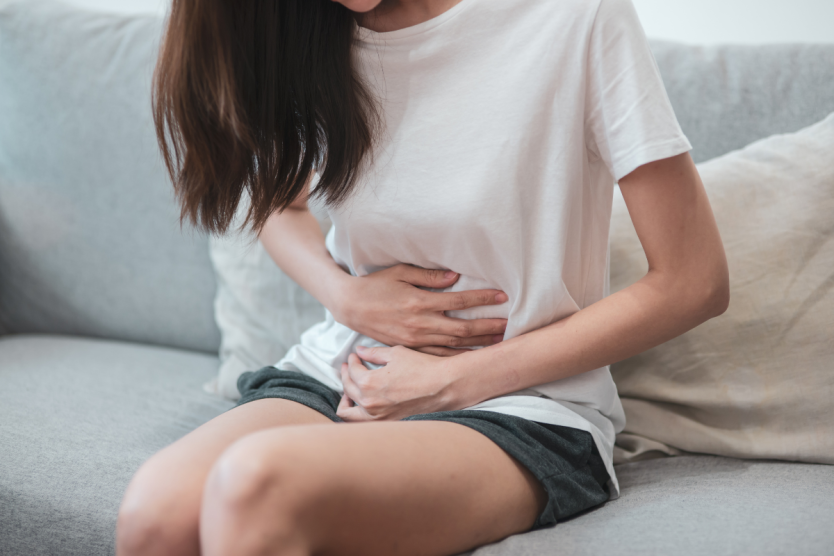A diagnosis of uterine fibroids raises questions for any woman.
While these are typically non cancerous, and many women don’t even know they have fibroids, there are still concerns: What does it mean to have fibroids, what can I do about them, and what causes uterine fibroids to grow?
Understanding Uterine Fibroids
Uterine fibroids are noncancerous growths of the uterus, also called leiomyomas or myomas. Fibroids often appear during childbearing years. They aren’t associated with an increased risk of uterine cancer and they almost never develop into cancer.1
Fibroids represent the most common tumors in women worldwide,2 and can range in size from as tiny as seedlings to bulky masses that can distort and enlarge the uterus.1 Women can have a single fibroid or multiple ones.
Some women have no symptoms, but these are the most common symptoms of fibroids:
- heavy menstrual bleeding or periods that last more than a week1
- pelvic pressure or pain1
- frequent urination or difficulty emptying the bladder1
- constipation1
- backache or leg pains1
- Pain during sex3
What Causes Uterine Fibroids to Grow?
Uterine fibroids are the most common pelvic tumors among women of reproductive age, affecting more than 70% of women worldwide.2 It isn’t known what exactly causes uterine fibroids to grow, but research points to hormones as being a potential factor.
The hormones estrogen and progesterone stimulate development of the uterine lining during each menstrual cycle. They also appear to promote the growth of fibroids. For instance, fibroids contain more estrogen and progesterone receptors than typical uterine muscle cells do, and fibroids tend to shrink after menopause due to a decrease in hormone production.1
Other risk factors for women to have fibroids include:
Obesity: Several studies have found obesity as a significant risk factor for the development of uterine fibroids. For instance, one study conducted in the United States found that women diagnosed with uterine fibroids are heavier than those without uterine fibroids.2
Increasing age: is a significant risk factor for uterine fibroids.2
High blood pressure: Women suffering from hypertension are five times more likely to develop uterine fibroids.2
Vitamin D deficiency: several studies showed that vitamin D levels are much lower in uterine fibroid patients.
As well, it isn’t clear why, but black women are more likely to develop fibroids than other women. They are also diagnosed at younger ages and they more often require treatment.4 This is a complex risk factor, as it has been shown that black women have a higher risk of vitamin D deficiency, for instance.2
Lifestyle factors of diet and physical activity also influence the formation of uterine fibroids. Women consuming more green vegetables, fruit, and fish than red meat are less commonly diagnosed with uterine fibroids.2
Other risk factors include excessive vitamin E levels; and tobacco smoking and alcohol abuse can also contribute to the formation of uterine fibroids.2
A family history of fibroids and a diet high in red meat4 are also risk factors.
What Causes Uterine Fibroids To Grow?
Can Uterine Fibroids Cause Bleeding After Menopause?
Are Uterine Fibroids Cancerous?
Seek Diagnosis
If you suspect you have uterine fibroids, see a doctor for diagnosis, in particular if you have pelvic pain that doesn’t go away, overly heavy, prolonged or painful periods, or spotting or bleeding between periods. Seek prompt medical care if you have severe vaginal bleeding or sharp pelvic pain that comes on suddenly.1 Use our Physician Finder to find a doctor near you with expertise in women’s health, who can help with your concerns about uterine fibroids.
















